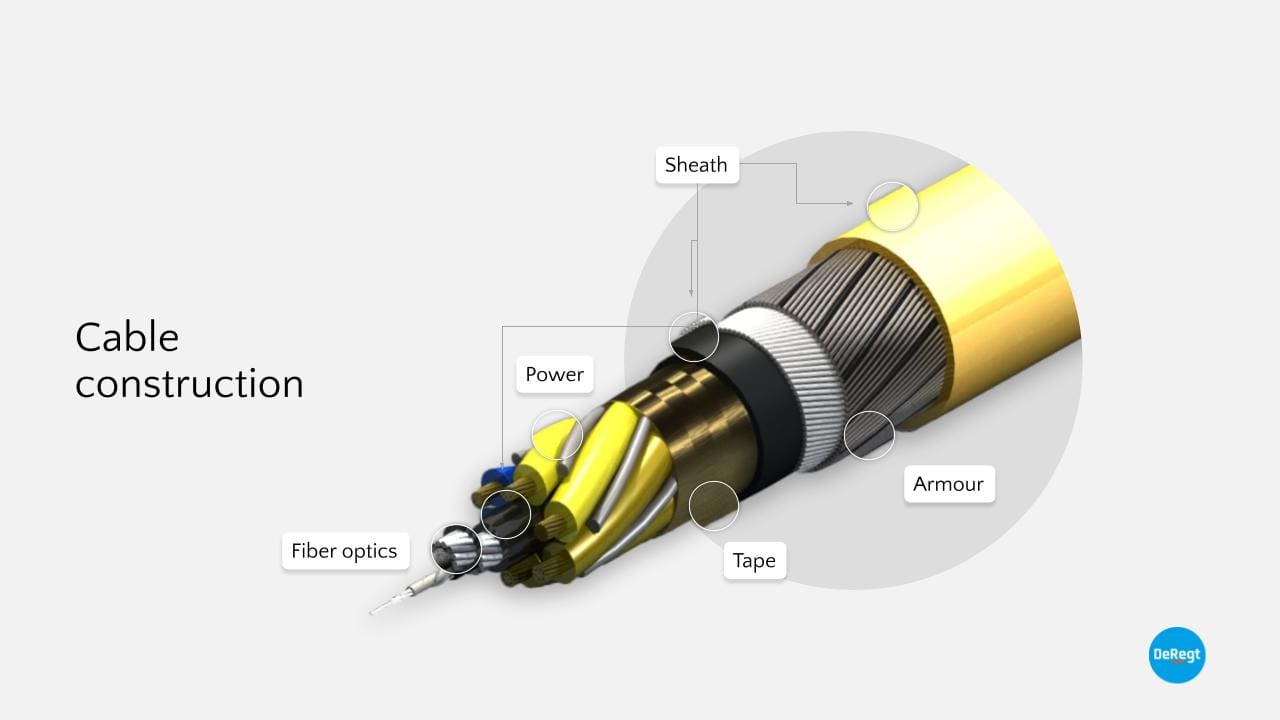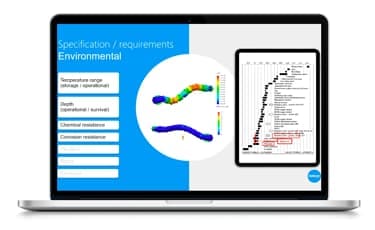In defense projects, the technical specifications are often very clear. But how can you make sure the cable perfectly fits the other components within your project? After all, each project is different and the same is true for the corresponding (sonar) cable construction.
To answer this question, it is important to know how the design process works. Which elements determine the construction of a qualitative naval cable? And which specifications are important for your specific project?
As each naval system requires a different cable construction, your unique requirements are translated into fit-for-purpose designs.
On this page, we explain how cable specifications work for defense projects.



